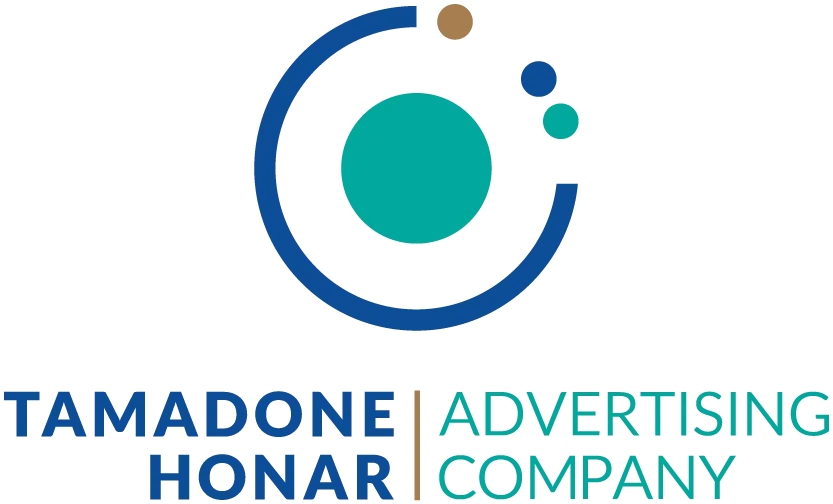.:: Media Planning ::.

Be heard where it matters.
In the chaos of competing messages, you’re only heard when you stand in the right place. Our media planning team uses audience analytics, strategic placement, and deep channel insight to position your campaign at the perfect time and location where your message will truly resonate.

How Do We Ensure Your Message Reaches the Right Place?
By analyzing audience behavior and market data, we select the best time and location to ensure your message is seen.
Which media do your campaigns cover?
Based on your goals and budget, we deliver highly specialized outdoor advertising through wide-reaching billboards (Straboard) and precise placements in the city’s most high-traffic areas.
Is the effectiveness of our campaign guaranteed?
We define clear KPIs, monitor results, and optimize continuously so you achieve the best possible outcome.
